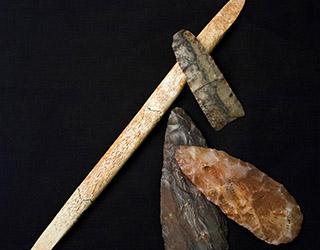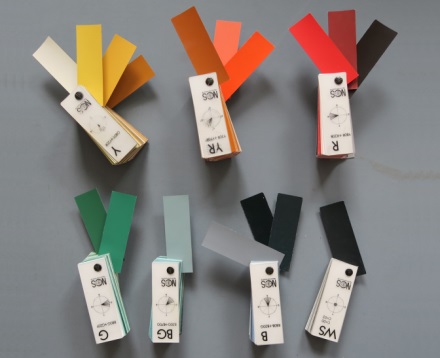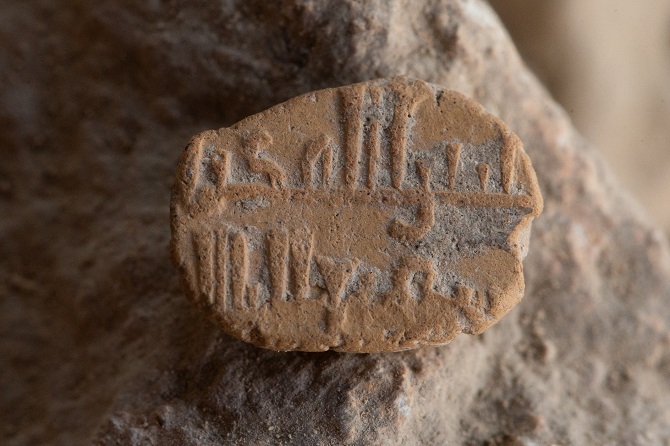 |
| 'carabinieri_fake_haul_01.jpg' |
When we sent this picture to five independent experts, all of them questioned the objects’ authenticity. Although the specialists said they could not offer a definitive opinion based on a photograph, all of them expressed grave doubts.Four of these six (not five) specialists are unnamed, so it is not clear in what their specialism lies, one says he 'cannot imagine where a terracotta life-size horse head could come from in antiquity', a second decided the horse and a bull head were 'crude copies' and a third questions the value assigned to the seized artefacts, and in the case of the vase on the far right, 'The background colour is suspicious as well as the shape of the vessel. There are subtleties in where the handles are placed, the shape of the vessel as well as the foot, which are giving me pause for thought'. A fourth also had suspicions about the two vases shown as well as the larger terracottas ('but they are good quality. As I understand it, the Italian forgers [are] some of the best').
The London-based dealer Rupert Wace concurred. “The bull and horse heads do look dubious,” he said, adding that “the value suggested for the pieces in the photograph is preposterous, even if the objects are genuine”. [...] John Boardman, emeritus professor of classical archaeology at the University of Oxford, said: “The vases look more plausible than the rest, but who knows?”One thing they do not mention, to judge by the way they are propped up with grey boxes, neither the bull head nor the horsey one seem to have been mounted in the collector's original display. Why not?
I think the newspaper is trying to limit the damage done to public opinion about the antiquities market by this sort of seizure, but instead with that 'who knows?', they've done another kind of damage. How can you trust a dealer's opinion if six specialists differ so much in their opinion based on the same evidence? How much of what a dealer claims about an artefact they are trying to sell is substantive information, and how much just guesswork and humbug?
 COLLEGE STATION, TEXAS—
COLLEGE STATION, TEXAS— COPENHAGEN, DENMARK—Conservators Line Bregnhøi and Lars Holten of the National Museum of Denmark have reproduced the bold colors thought to have been used to decorate the largest Viking building known in Denmark, according to a
COPENHAGEN, DENMARK—Conservators Line Bregnhøi and Lars Holten of the National Museum of Denmark have reproduced the bold colors thought to have been used to decorate the largest Viking building known in Denmark, according to a  JERUSALEM, ISRAEL—According to a
JERUSALEM, ISRAEL—According to a 







